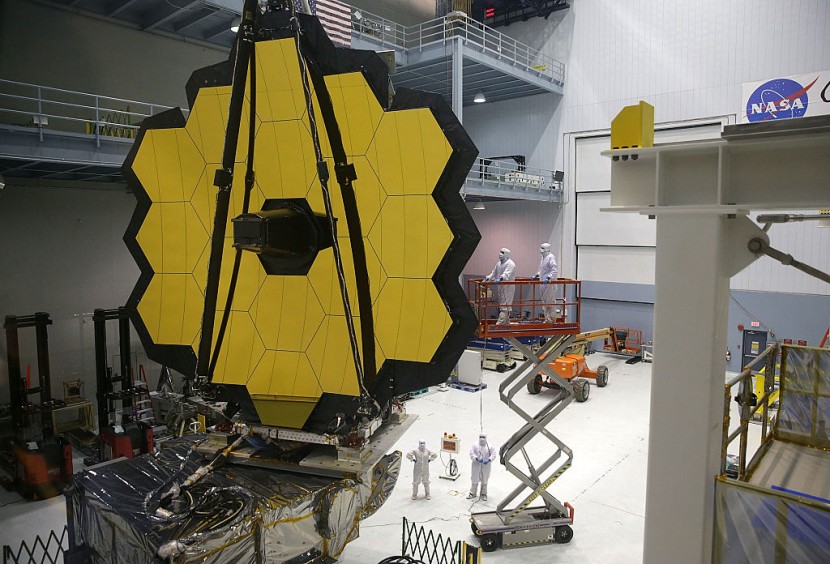
The latest results from the James Webb Space Telescope (JWST) revealed it is powerful enough to observe a variety of biosignatures in exoplanets. Detecting such chemical signs of life in exoplanet atmospheres has recently been studied if JWST could pull it off from its current place orbiting the Earth's Lagrange Point 2.
Water and Atmosphere on Exoplanets
According to Universe Today, most exoplanets discovered so far have been found using the transit method, where a planet passes in front of its star from the Earth's point of view. Suppose a star's brightness diminishes considerably over a period of time where the planet blocks some of the light. In that case, astronomers can identify if the planet has an atmosphere or not, as well as the chemical composition of the atmosphere. However, putting the method into practice is difficult due to the stars emitting flares, having starspots, and other turbulence which causes noise in the signal.
A new study has shown that JWST could attempt to detect certain chemical biosignatures depending on their abundance in the atmosphere.
The team working on the novel method simulated atmospheric conditions for five broad types of Earth-like worlds, such as ocean worlds, volcanically-active planets, a rocky planets during the high bombardment period, a super-Earth, and a world like Earth when life arose.
The researchers found a reasonably thick atmosphere. The JWST's NIRSpec G395M/H instrument could confirm the presence of those molecules within 10 transits of the planet.
Given the number of transits needed, the best shot scientists have at detecting biosignatures with JWST would be the close-orbiting worlds of red dwarf stars like the Trappist-1 system, itself having potentially habitable Earth-sized planets.
Earlier this week, the JWST successfully "detected water vapor" on the exoplanet named WASP-18b, located hundreds of light years away.
Read Also: NASA James Webb To Have Sidekick
NASA's JWST Gets Observation Partner
The JWST has been deemed one of the most powerful telescopes ever built, and launching a companion satellite near its orbit would be able to confirm the detection of life in more exoplanets.
The relationship of the two spacecraft would mean the JWST would scrutinize the atmospheres of rocky planets while the cubesat Monitoring Activity from Nearby Stars with UV Imaging and Spectroscopy (MANTIS) would complement the big telescope by looking at star activity such as flares. Developed by NASA and with an $8.5 million budget, MANTIS is expected to launch in 2026.
Scottish Scientists Helping NASA
Meanwhile, STV has featured Edinburgh-based scientists Dr. Cyrielle Opitom and Prof. Beth Biller and their crucial role with NASA.
Opitom is a Chancellor's Fellow at the University of Edinburgh specializing in planetary defense. She was part of the Double Asteroid Redirection Test (DART) program, a successful program involving a spacecraft deliberately colliding with the asteroid Dimorphos in September 2022.
Dimorphos orbits the larger asteroid Didymos, and Opitom said the mission exceeded all its expectations and is analyzing the dust cloud created by the impact to understand the makeup of asteroids. "NASA wanted a change of at least 73 seconds of that orbit," she told STV, "and we actually had a change of 33 minutes so it was very, very successful."
She added the mission was "a step toward better understanding" of the solar system and how it came to be.
On the other hand, Biller currently works with the University of Edinburgh's School of Physics and Astronomy. She is using the JWST to explore exoplanets and examine their characteristics. Biller admitted she was fascinated with exoplanets and is confident the technology would help discover habitable planets in 20 or 30 years.
"My best guess is that it will take the next round of space missions like the successor to JWST to really do that robustly," she said.
© 2025 HNGN, All rights reserved. Do not reproduce without permission.








